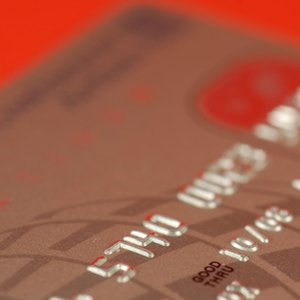
The use of electronic cash, or e-currency, has become as commonplace as any other form of banking. Many people talk about the advantages of using this form of currency, but not many people seem to be thinking about the disadvantages of the system. There are many key points where the consumer might be better off using old-fashioned currency.
Electrical Disruption
The use of electronic cash requires, at it’s core, access to electricity. You need electricity to power the machines that read the cards, electricity for the computers at the banking networks to verify your information, and electricity for the ATM machines that dispense cash. A power outage at any one point will cut off your access to funds. In the event of a blackout or other disaster, those who depend on electronic cash will be at a severe disadvantage because there will be no way to verify that they have any money available.
Criminal's Delight
One of the “advantages” that banks tout with regard to electronic cash is that you do not need to carry cash. This is presented in a positive light, as if it is meant for your protection, but the reality is that there is another side to the coin. If you use cash and your wallet is stolen, the thieves only have access to as much cash as you choose to carry on you at a time. If you are robbed of a debit card, thieves have access to your entire bank balance. In some instances, the losses are covered by cardholder insurance, but that is not always the case and many people are vulnerable to loss if their card is lost or stolen.
Penalty for Access to Cash
With many electronic cash systems, the only way to get access to real currency is to use a debit card at an ATM machine. This results in two fees being charged to your account. There is an ATM transaction fee charged by the bank that owns the ATM you use, and there is a second fee charged to you by the company that administers your electronic cash account. This ultimately results in consumers paying a financial fee, or penalty, if you will, for accessing their own money. Imagine someone who uses old fashioned cash paying $1 every time they open their wallet. As crazy as it sounds, that is what many consumers do when they use electronic cash cards at the ATM.
References
Writer Bio
Jerry Garner has been writing semi-professionally for more than 15 years. The body of Garner's work includes informative articles, news and current events and historical essays. He is an avid sports fan and frequently writes about outdoor activities online.

